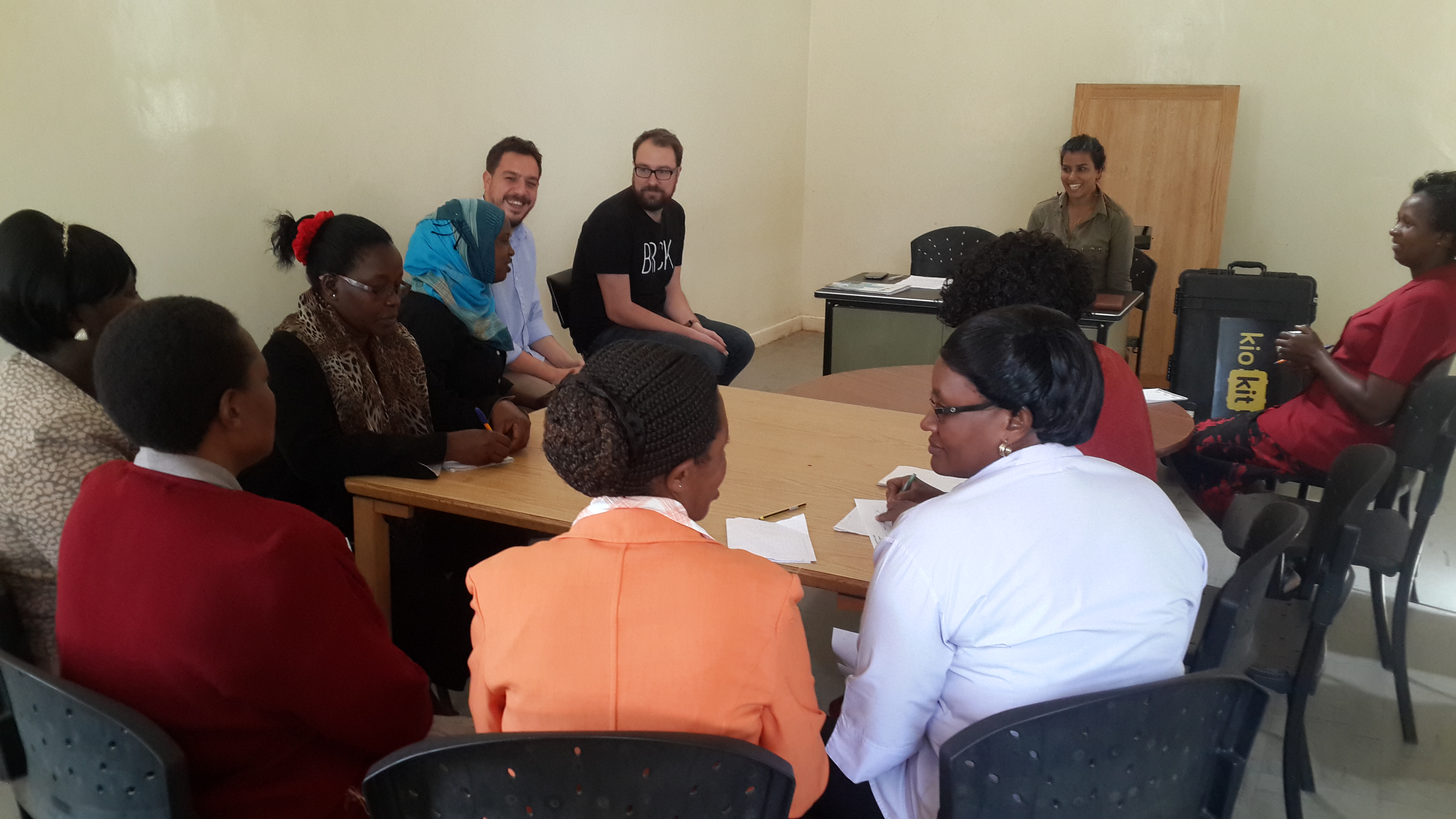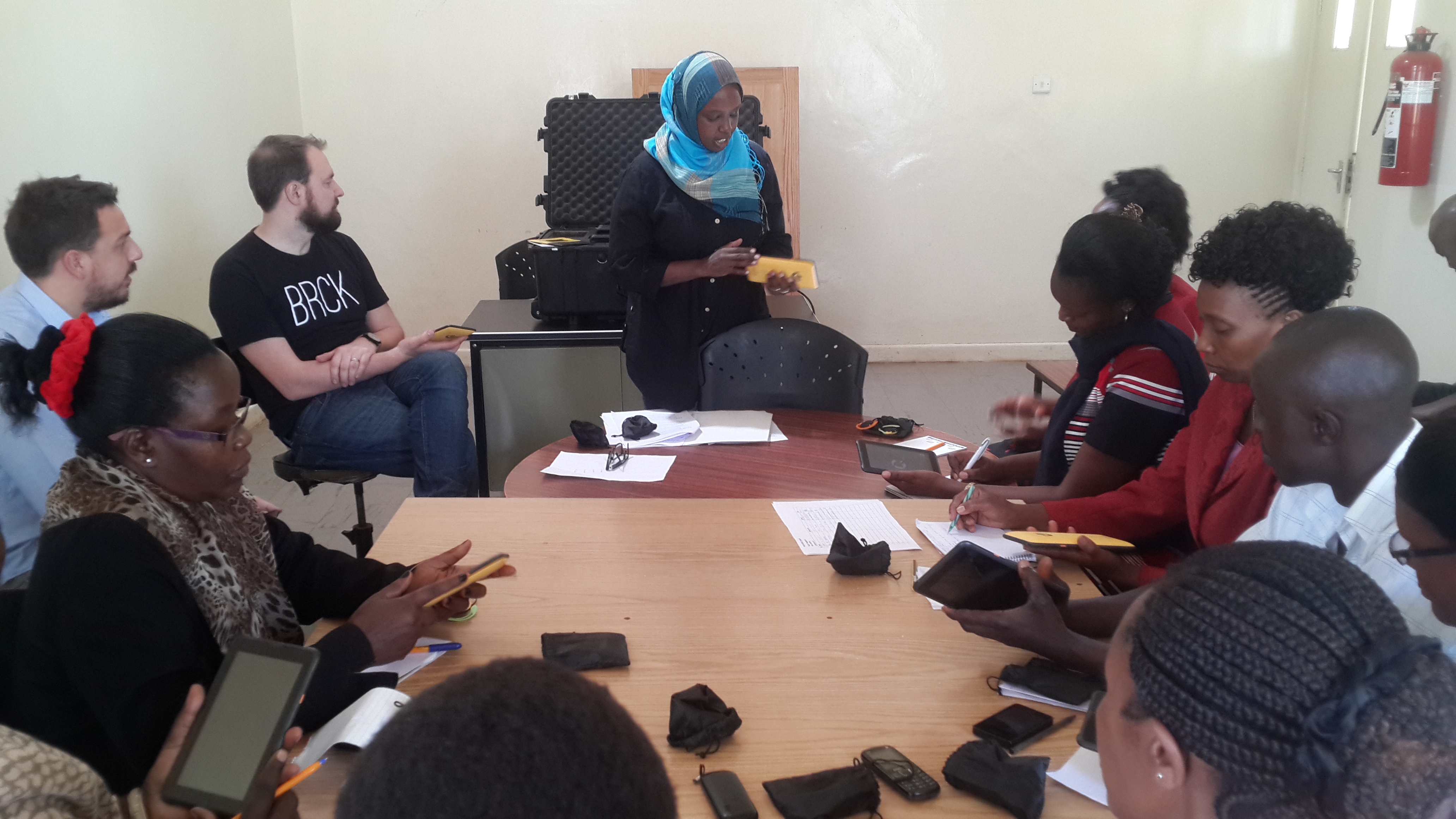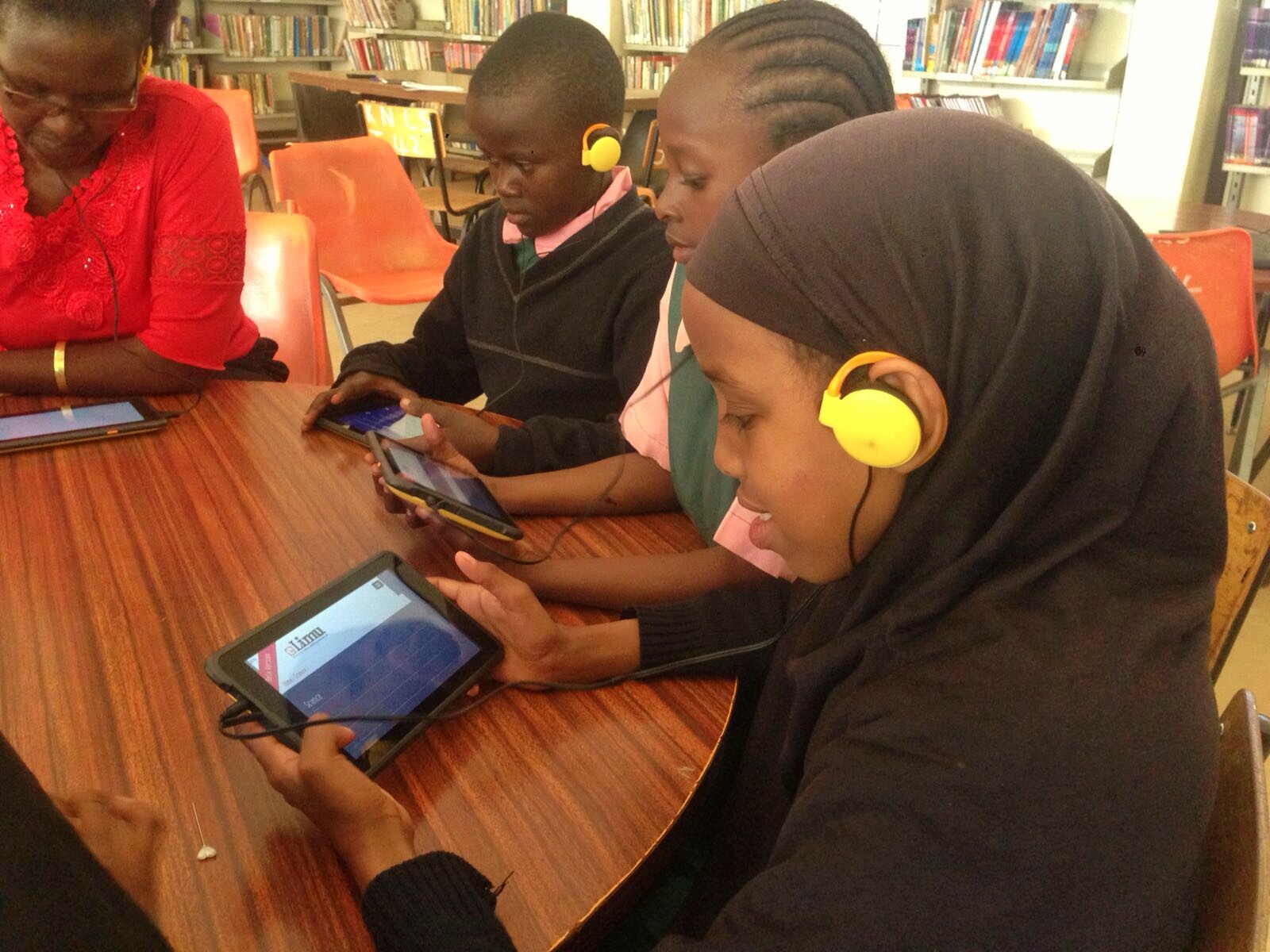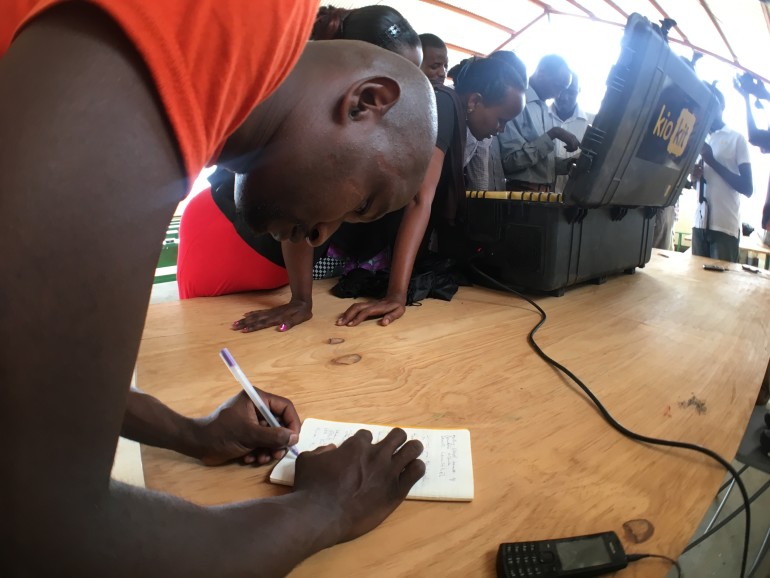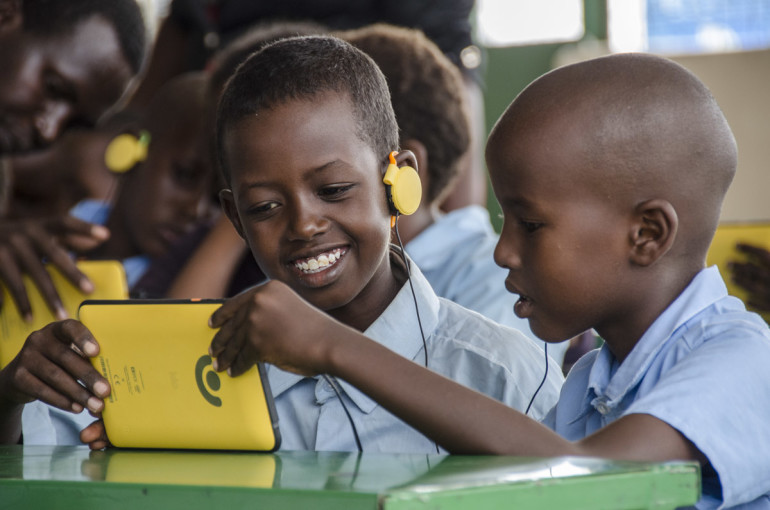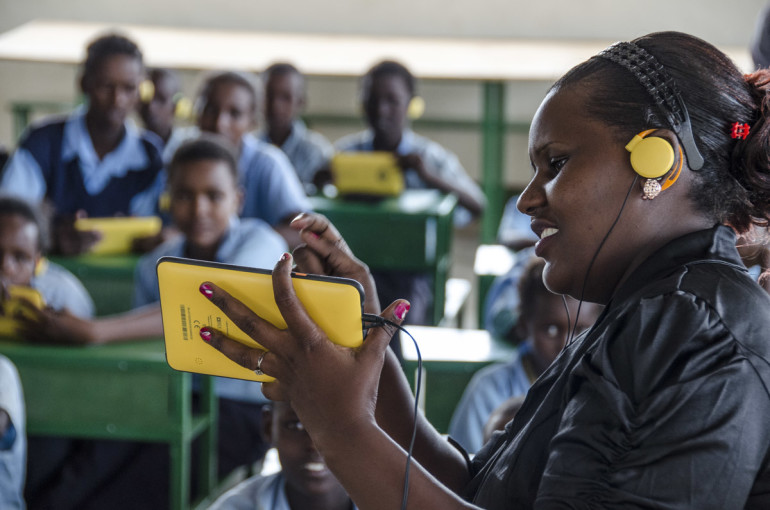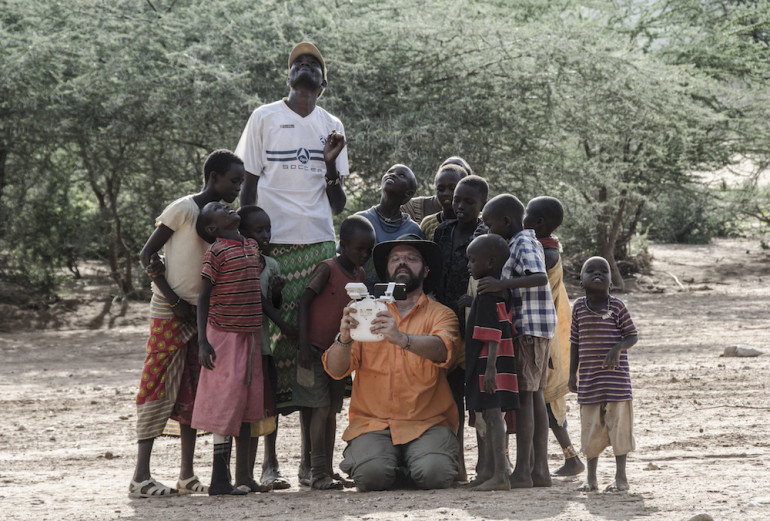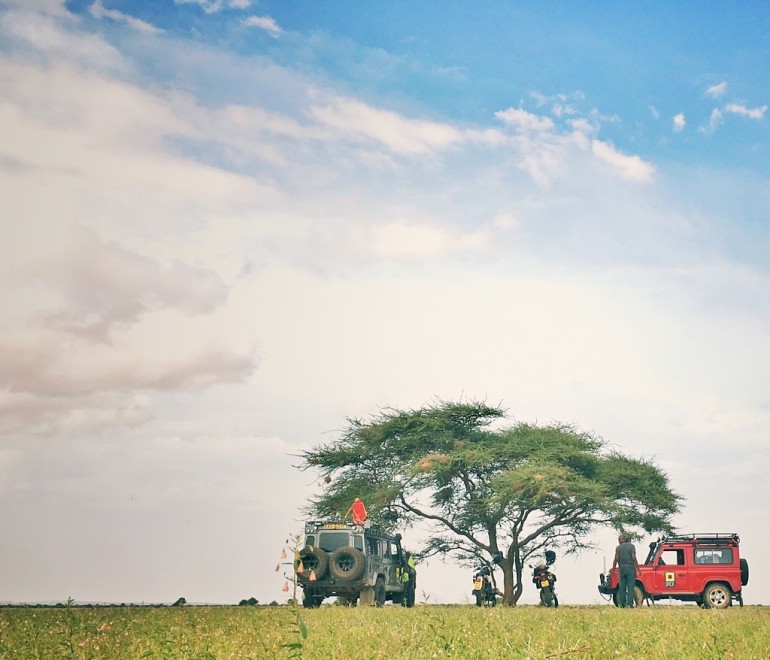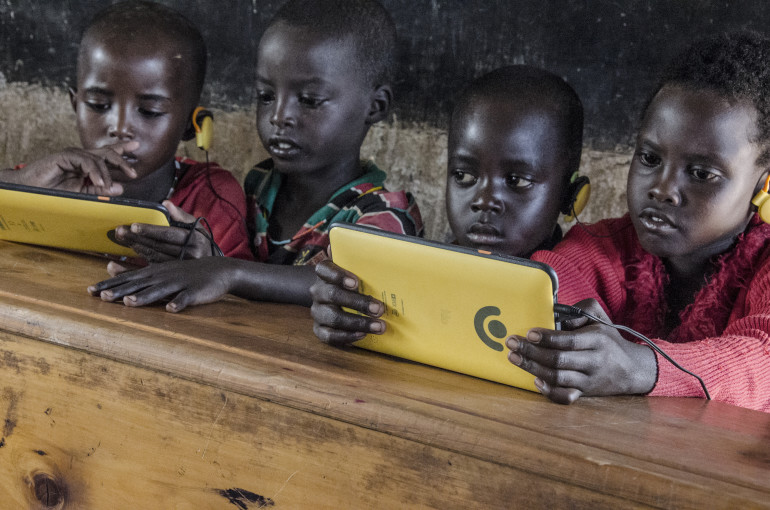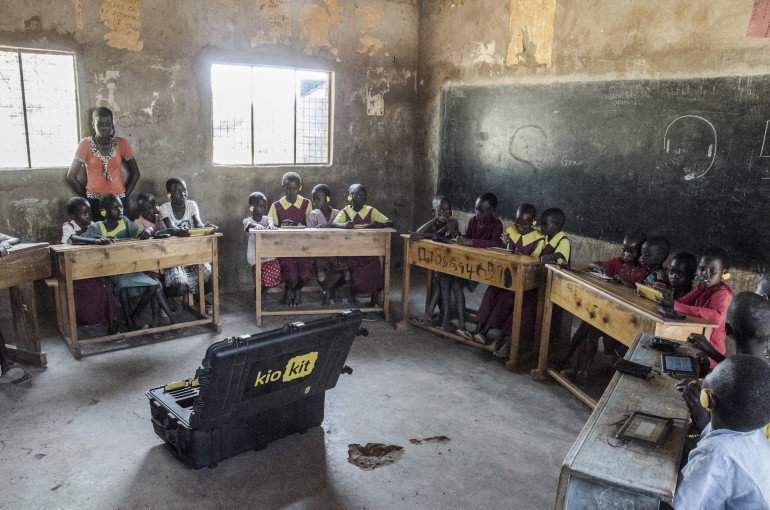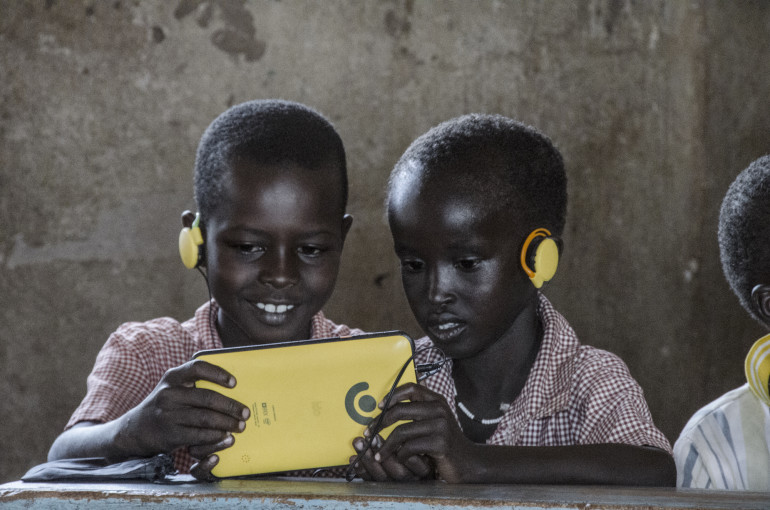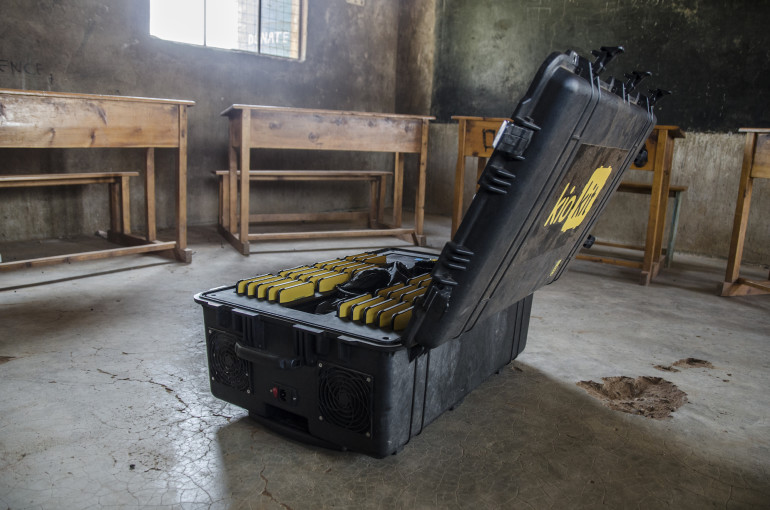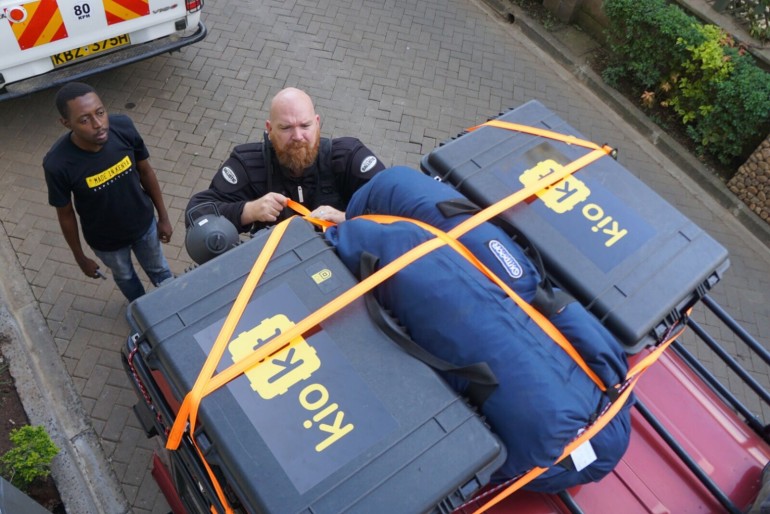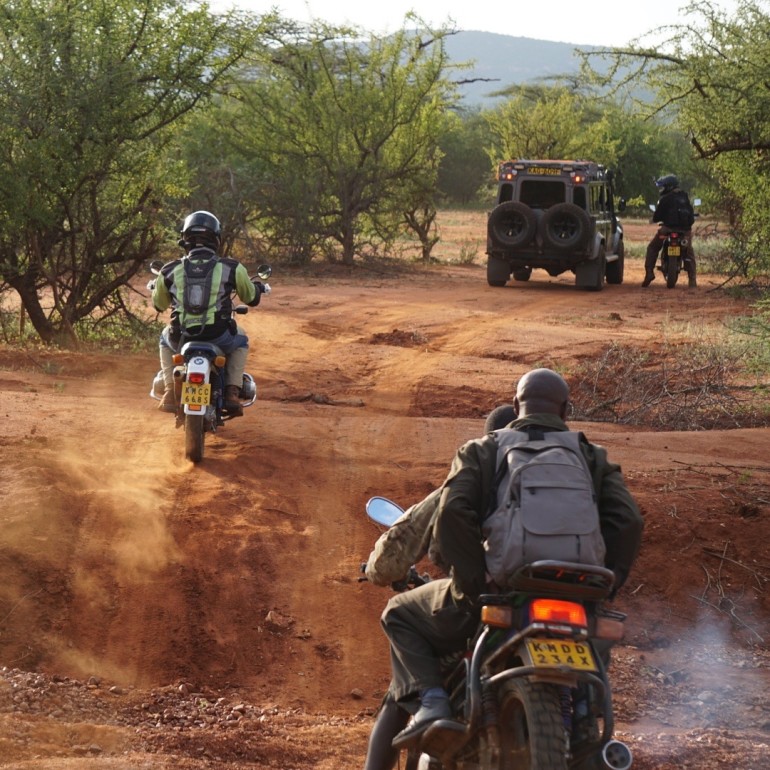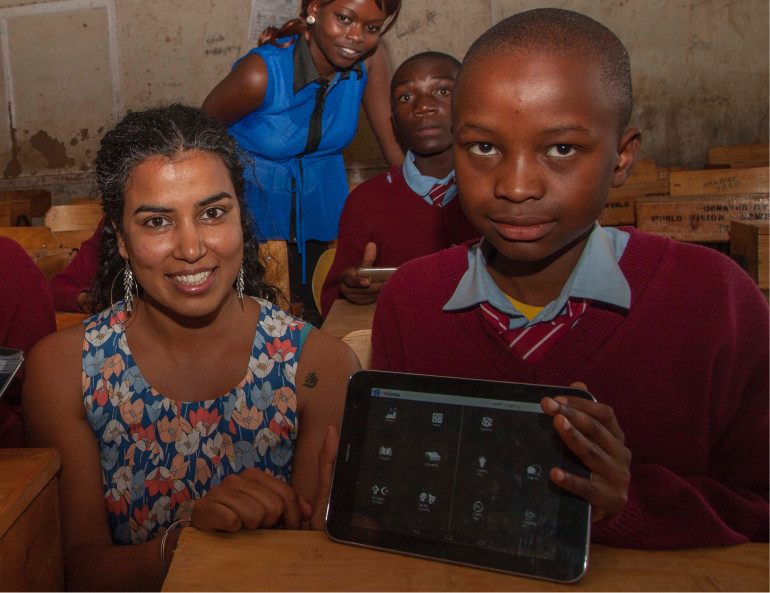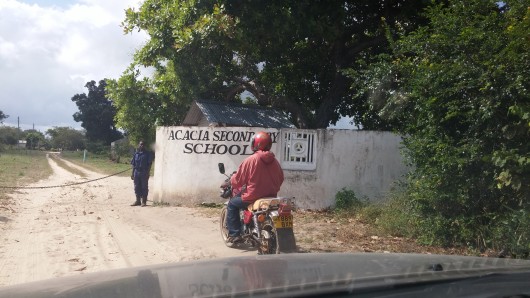It’s The Little Things
Consider the power button. We only pay attention to it when at its push our devices do not come on, or when we hear a suspicious noise after pressing. The majority of the time, as long as our screen lights up or some machinery purrs, we forget about the power button. We just know where it is and what it is supposed to do when pushed.
Most power buttons are ordinary and forgettable. They are dull-coloured, unremarkable in texture and seldom give any feedback. We rely on some other external action to determine whether the button has worked. At best what you get is a click, a snap or a gentle push back from the resistance of a spring or some such mechanism.
Out first Kio Kit had a decent button. It was stainless steel, durable and had a ring of light that let you know what you were doing and what was happening. The LEDs would first light up for about three seconds to let you know the Kit was booting up. It would then pulse rapidly in yellow indicating the boot-up process was going on smoothly and ultimately settle into a gentle pulse, what we called a heartbeat.
The button responded to a gentle push, was pleasant to the touch and did what any ON button does. Another simple push was required to switch off the Kit. The lights would blink rapidly for about six seconds then the Kit would go off.
We thought we got it right until we received feedback. Feedback is an integral part of our work. How would we know our product works the way it was intended? Feedback one of the reasons we continually test and gather information, even if we will have to get stuck in the mud and cross rivers to do it.
There were challenges we could not have foreseen in the office. The lights were visible only in brightly-lit places, the information relayed by the tiny LED lamps was ambiguous to new users, there was no way to tell how long to keep the button pressed to bring on the Kit, and the button itself was small.
People with large fingers had trouble turning on the Kit. On placing one such finger on the power button, the full button, including the shielding was covered, necessitating use of such objects as pencils to push the button.

The Old Kio Kit Button Against a Twenty-Shilling Coin
A major issue brought about by these shortcomings was making users feel daft. A great product empowers a user. A mediocre one makes them feel weak, and no one likes to feel this way. The Kio Kit is a great product.
Because of this, a new button was required, one that took care of a major pain point: it had to be big enough to accommodate all finger sizes while at the same time enabling the users to see the feedback lights. The button chosen is more prominent and allows users to see what is going on with the Kit when they press it.

The New Kio Kit Button Against a Twenty-Shilling Coin
In this way, we saw a marked improvement in engagement with the Kio Kit. At first, it seems inconsequential. You just need the Kit or any other gadget ON. But, it is the little things that make a difference, like the oft-forgotten and neglected power button. Incorporating this kind of feedback is a great first step in tweaking the button to meet our users’ needs.
Possible improvements on the button would be to let users know when there is no charge on the BRCK by lighting up red and having it change colour as the charge gets replenished and depleted, much like a BRCK.
